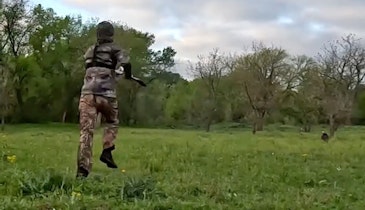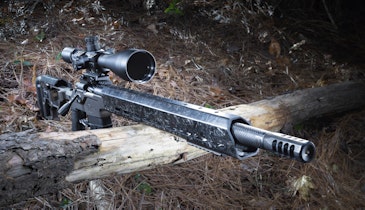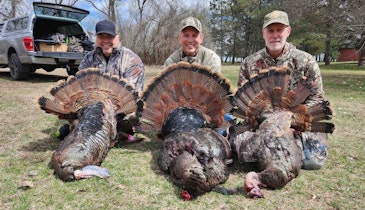Just like humans, bucks have different personality characteristics that drive their behavior. Researchers from the Caesar Kleberg Wildlife Research Institute at Texas A&M University-Kingsville have spent years tracking the movements of bucks on the King Ranch in South Texas. To date, more than 5,000 bucks have been captured and collared. Each whitetail wears its GPS tracking device for about six months, enabling biologists to collect 3,000 to 5,000 observation points. What they’ve found is that buck movements can’t be explained by a deer’s maturity or the presence of hunting pressure.
“Bucks are individuals with different personalities, so you can’t say age influences the size of bucks’ home ranges, how often they move or how far they travel,” said Dr. Mickey Hellickson, a biologist and owner of Orion Wildlife Management Services.
If trail camera photos reveal a buck that’s a loner and stays away from where other deer congregate, you might have a high-strung buck on your hands. These bucks are more likely to react to hunting pressure. They don’t use established deer trails, choosing instead to travel where other deer don’t. Other than during the rut, your best chance of bagging a high-strung buck late in the season is near small, hidden food sources that other deer find less palatable than common food sources. High-strung bucks are also vulnerable early in the season near unconventional cover. But tread carefully, or you run the risk of turning a high-strung buck into a vampire that only moves at night.






